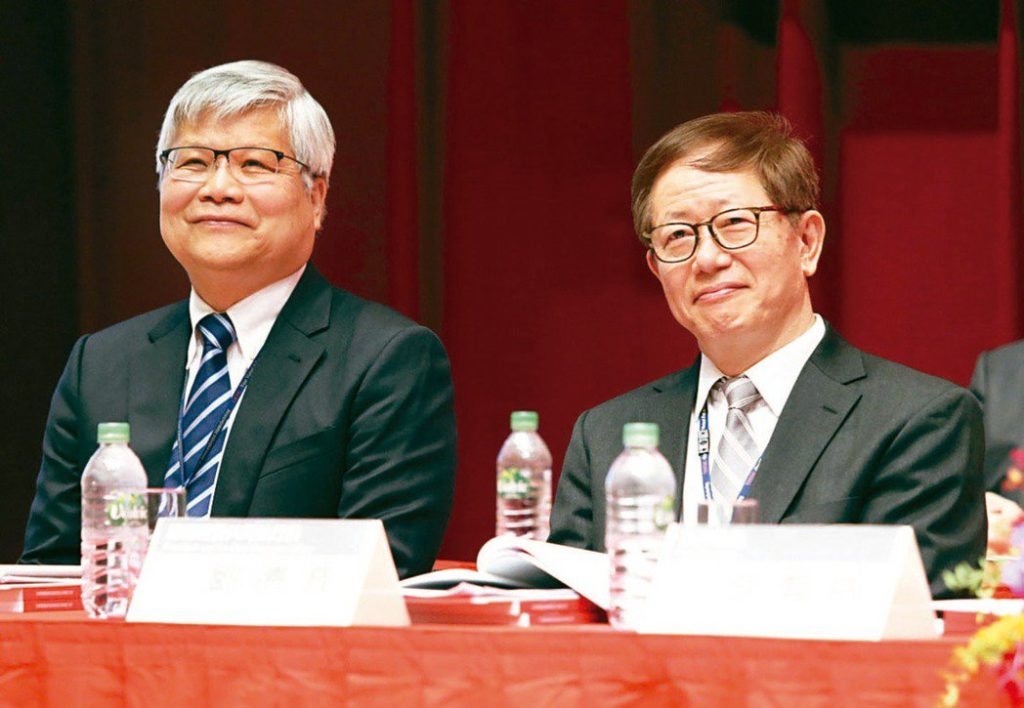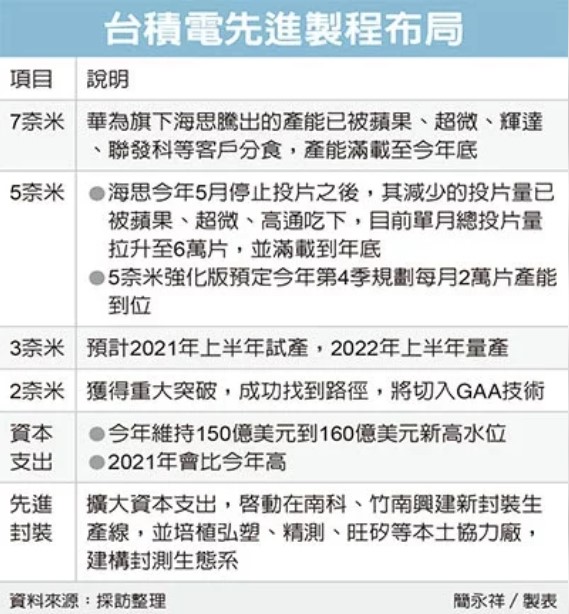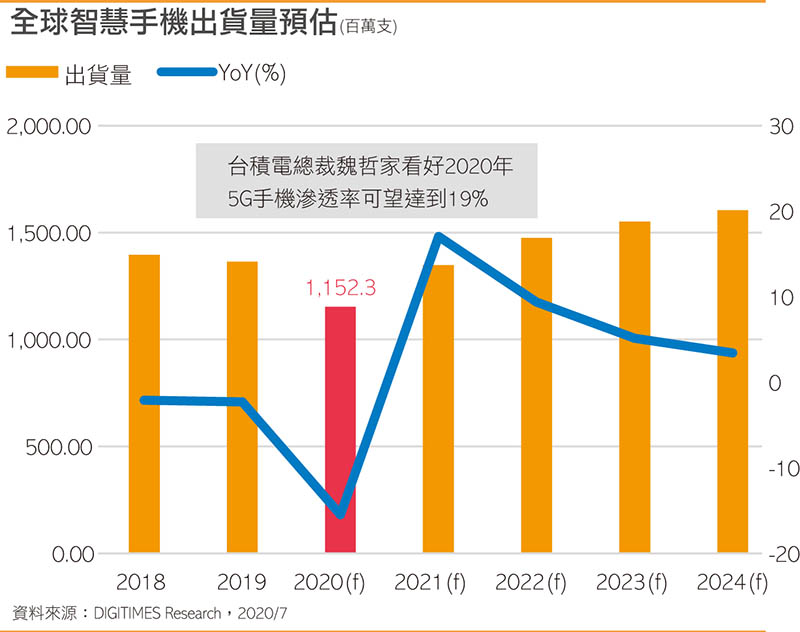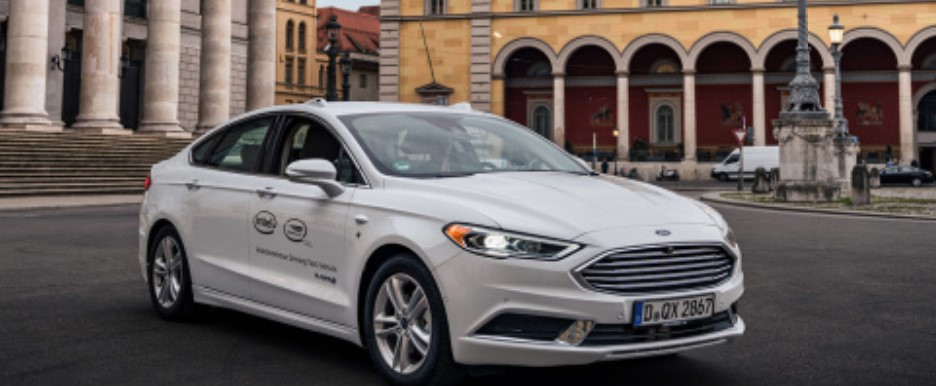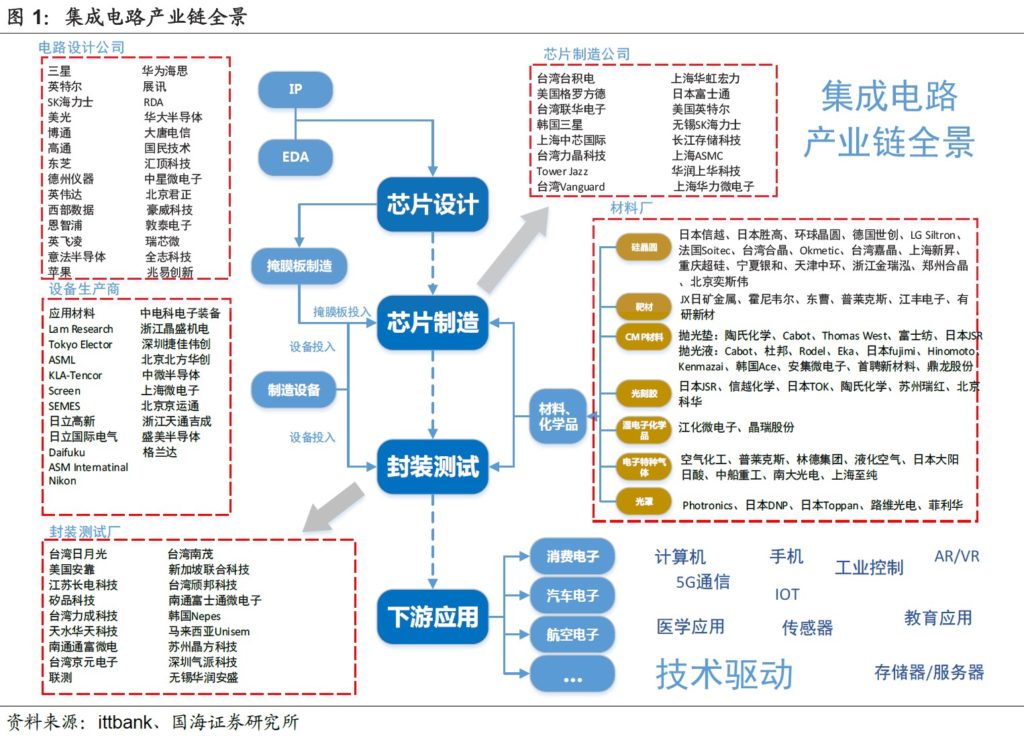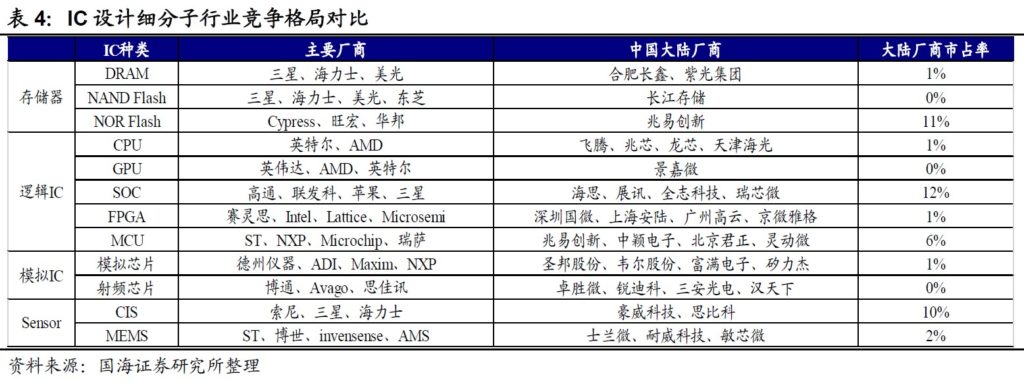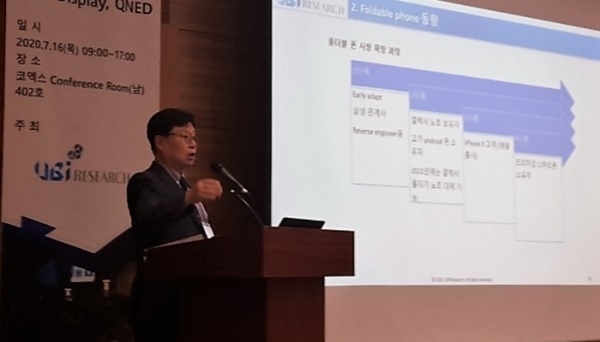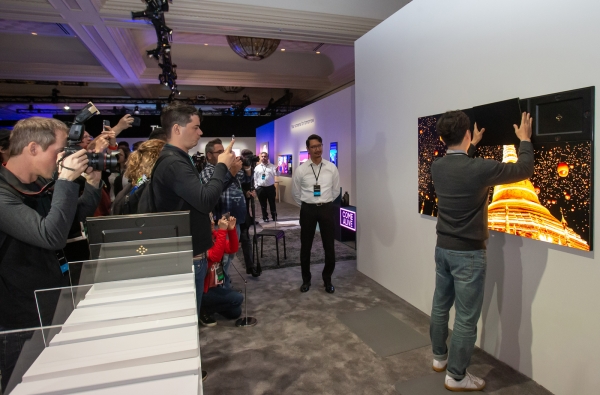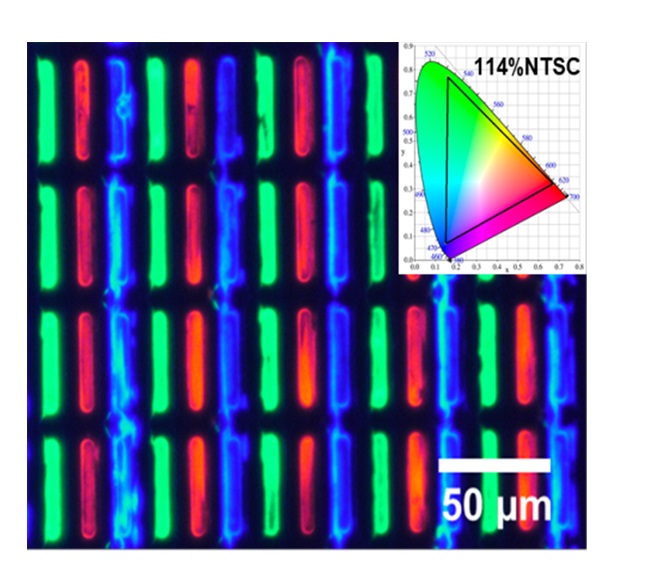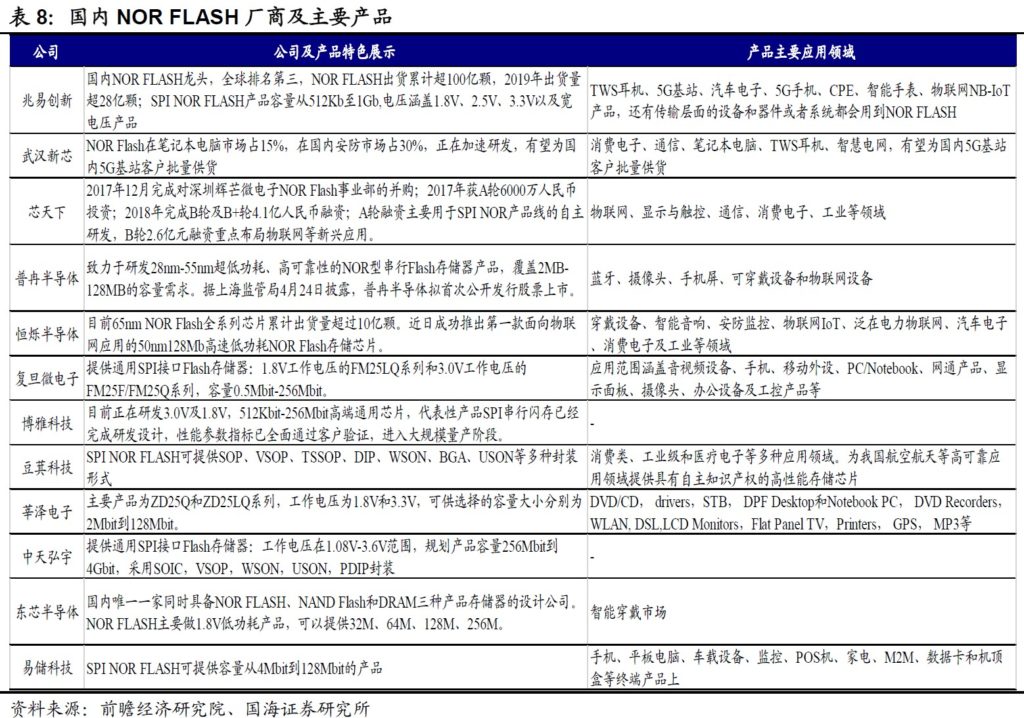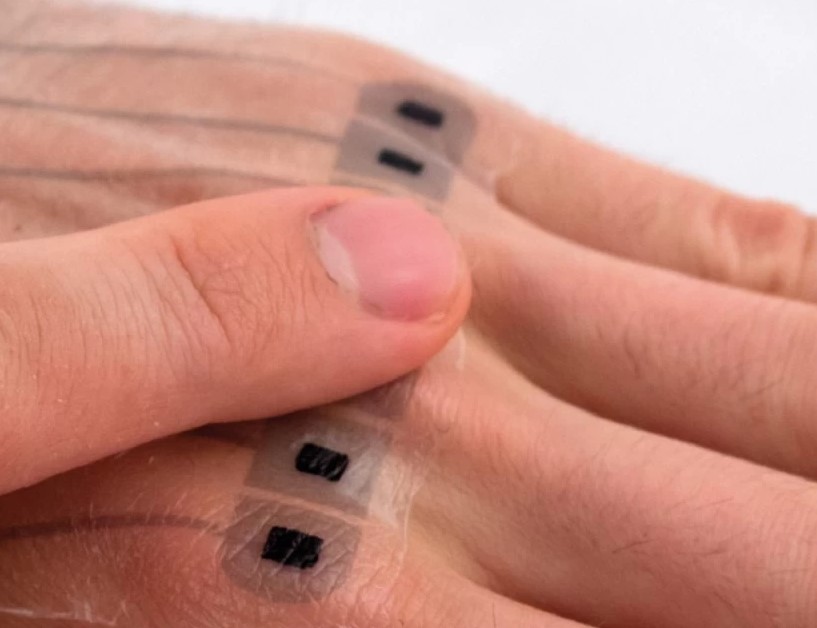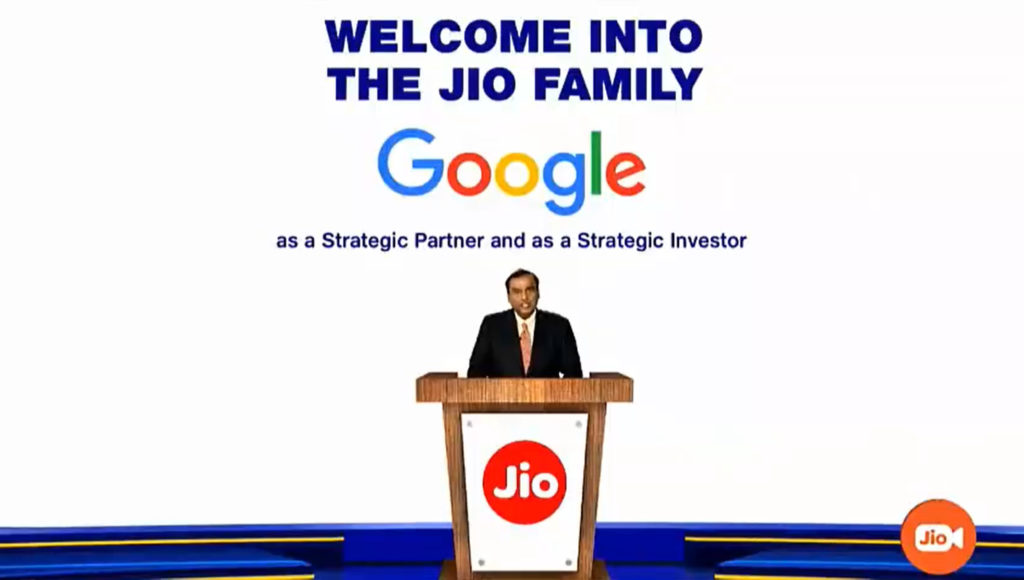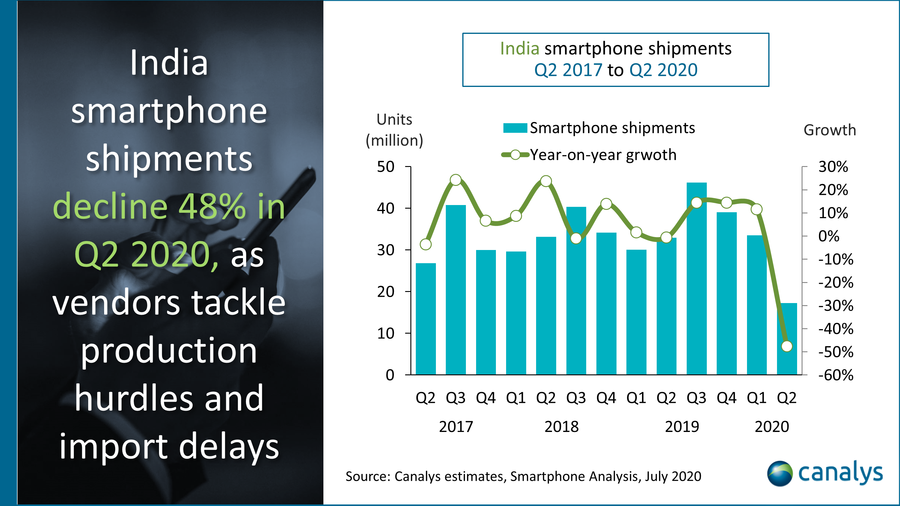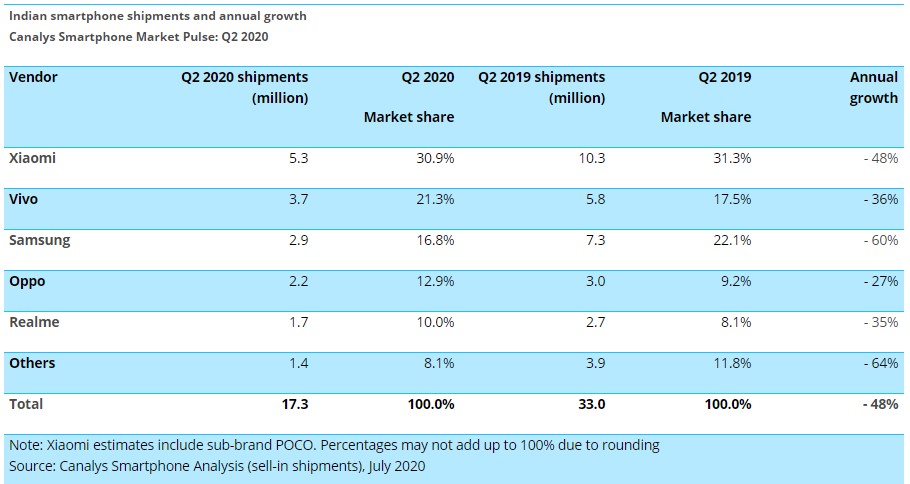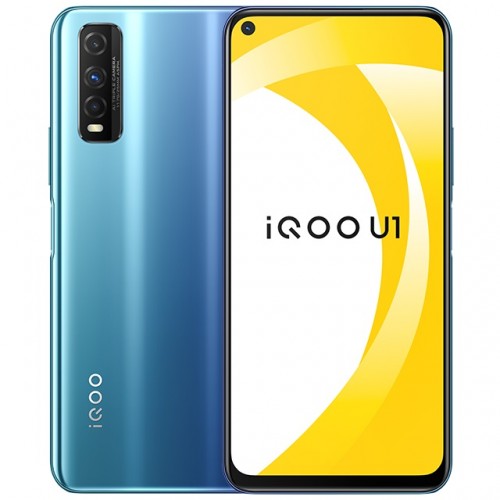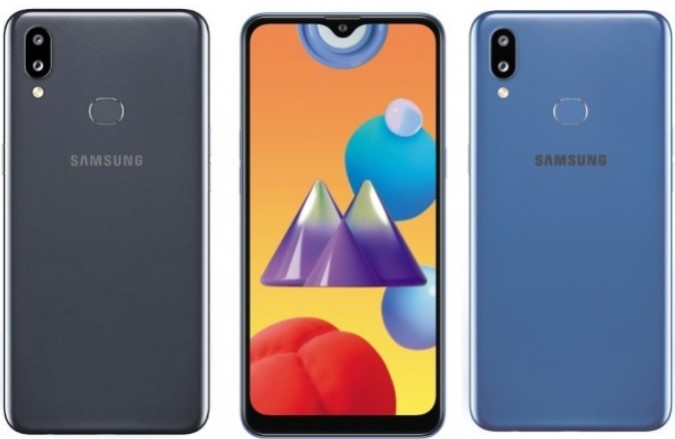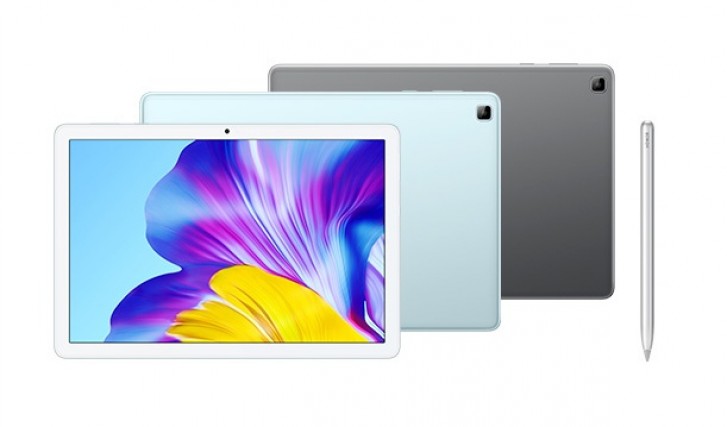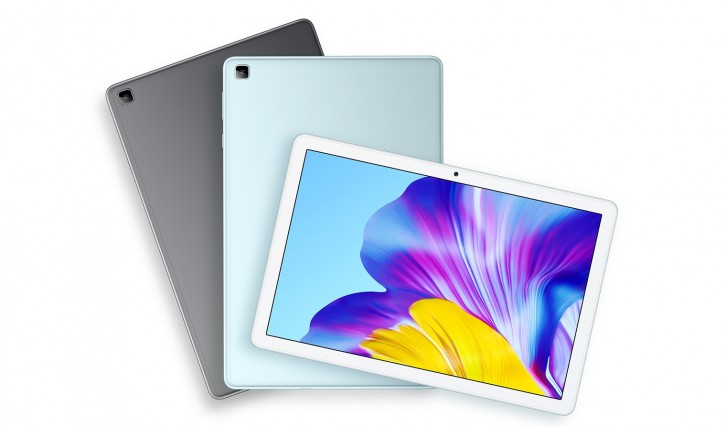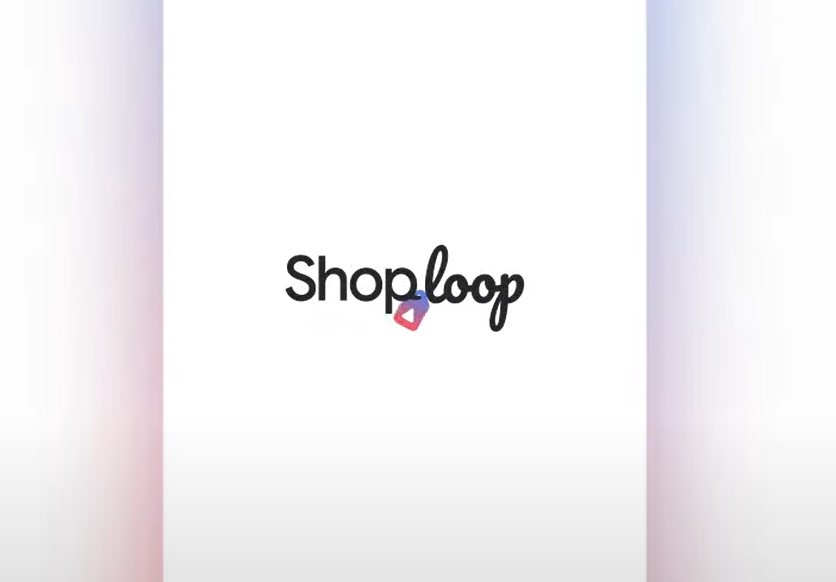
7-18 #OldAge: TSMC has stated that the company has no plans to continue supplying Huawei after 14 Sept; Samsung is struggling with MicroLED technology issues; BOE has announced a major breakthrough in QLED; etc.
TSMC has stated that the company has no plans to continue supplying Huawei after 14 Sept 2020. The United States has given a 120-day deadline at that time, and TSMC could not continue contracting after 14 Sept. Currently the United States has not announced the follow-up policy after expiration. TSMC’s position is based on current policies and theories. Prior to 14 Sept, Huawei has used the 120-day buffer period to place a large number of orders for 7nm and 5nm in advance, up to USD700M. All Kirin chips required before the end of 2020 will be delivered by mid-Sept 2020 including the new generation of Kirin 1000 chips and other chips of 7nm, 16nm, 28nm. (CN Beta, Asian Nikkei, Yahoo)
According to TSMC Chairman, Mark Liu, in compliance with the new U.S. regulations, the company has not received any orders from Huawei since 15 May 2020. Furthermore, he revealed that “standard products” are not included in the discontinued products. The “standard product” may refer to a chip not designed by Huawei Hisilicon. (GizChina, My Drivers, Bnext, UDN)
TSMC is said to spear-head the upgraded 2nm process based on GAA-FET. The latest report is that it is expected to enter mass production by 2023. TSMC is already leading the industry with SoC based on 5nm and 3nm process. TSMC will choose GAA-FET and ditch the older Fin-FET process. The reason for this shift is said to be the potential bottlenecks that the older Fin-FET will have over the 3nm process. TSMC 3nm is scheduled to be trial-produced in Nanke 18 plant P4 plant in 1H21, mass production in 2022, the industry infers that TSMC 2nm launch time will fall between 2023 and 2024. (TechNews, UDN, GizChina)
TSMC has revised upward its 5G smartphone penetration rate forecast for 2020 to 17-19%, but expects the overall smartphone shipments to decline 11-13% in 2020. (Digitimes, Digitimes, press)
MediaTek has revised its 2020 5G shipment projections in Feb 2020, shifting its expected shipments to 200M units. After Dimensity 800 and 600 series, MediaTek is allegedly planning to unveil a new 5G mobile chip series that will run on entry-level smartphones. The company’s 5G chipsets already include the Dimensity 1000L, 1000, 800, 820. (Digitimes, Gizmo China, IT Home)
Intel has announced that its Mobileye self-driving division has received regulatory approval to test its vehicles on German road. With a safety driver at the wheel, it can shake down its systems on city streets and the Autobahn at up to 130km/h (81mph). Intel has recently purchased mobility startup Moovit for USD900M and intends to create an app-based ride-hailing service using Moovit and Mobileye technology. (Engadget, Intel)
There are many links in the semiconductor industry chain, high degree of specialization in engineering, and new technologies and new applications are important driving forces for the downstream of the industry. The upstream and downstream of the semiconductor industry chain includes three major links: IC design, wafer manufacturing and processing, packaging testing, and application. (Sealand Securities report)
According to the analysis of Guohai Securities, China’s IC design market is vast. In 2019, China’s IC design industry has a market space of about CNY308.490B, accounting for about 1/3 of the global IC design market. However, the localization rate of IC design is still low. (Sealand Securities report)
TCL Technology has invested in Puyang Huicheng to accelerate the plan of OLED materials. Currently Puyang Huicheng has the most maleic anhydride derivative products in China, and it is one of the few domestic enterprises that can develop and produce high-end electronic chemicals such as OLED intermediates on a large scale. (Laoyaoba, Sohu)
Japan Display Inc (JDI) says it is in talks with customers on possible joint investments in next-generation organic light-emitting diode (OLED) displays. The company’s Chief Executive Officer Minoru Kikuoka has revealed that JDI is developing a technology that will deliver OLED screens that are sharper, less power hungry and are easier to produce. He has estimated that the company could commence full-scale manufacturing in Japan or abroad as early as 2022. (Laoyaoba, Bloomberg, Patently Apple)
UBI Research has reduced its forecast for LG Display (LGD) large-sized OLED panel shipment by over 25% in 2020. UBI Research CEO Choong Hoon Yi has indicated that LGD is expected to ship 3.6M units in 2020 due to the impact of the COVID-19 pandemic. This is 1.3M units less than the research firm’s initial forecast of 4.9M units. The forecast is based on the assumption that the global TV market will recover and that LG Display will be able to operate its OLED plant in Guangzhou, China normally. Depending on the circumstances, LGD’s shipment could further decrease to 3.2M units. (The Elec, Gizmo China)
Samsung is struggling with MicroLED technology issues and it is not likely it will meet its goal of a product release in 2020. The production yields are very low. Epistar is not able to provide Samsung with the millions of microLEDs required to produce its TVs. Another major issues is Samsung’s transfer process which is still not accurate enough, with the result being that display assembly yields are painfully low. (CN Beta, My Drivers, The Elec, Microled-info)
BOE has announced a major breakthrough in the research of high-resolution, full-color quantum dot light-emitting diodes (QLED). Its solution now achieves a full-color QLED device with a resolution of 500ppi and a color gamut of 114% NTSC. BOE’s high-resolution QLED has broken through the limitations of resolution in traditional evaporation and inkjet printing processes. (GizChina, IT Home)
The NOR Flash market space gains the main impetus for re-growth. The rapid rise of wearable devices mainly TWS headsets, AMOLED and TDDI on mobile phone screens, and increasingly powerful automotive electronics have led to the gradual expansion of the NOR Flash market. According to China Industry Information Network data, the global NOR market in 2019 will be USD2.764B. (Sealand Securities report)
Google is working on smart tattoos. Known as “SkinMarks” these intelligent tattoos are designed to be rubbed onto curved parts of our body (knuckles for example) and used as a touchpad. These smart tattoos could then be used as a tap interface, with swipe gestures and natural, instinctive hand movements. (Pocket-Lint, CNET, HCI)
Reliance Jio has used Samsung Electronics’ network equipment for its 4G LTE network. The 2 signed an exclusive contract in 2012 and Samsung began supplying the goods in 2014. The carrier will go into trial right away once 5G spectrum are allocated and it will prepare for filed deployment in 2021. (Laoyaoba, The Elec, XDA-Developers)
Google has signed an agreement to invest USD4.5B (INR33,737 crore) in Jio Platforms, taking a 7.73% stake in the company, pending regulatory review in India. This is the first investment from the Google For India Digitization Fund, which aims to accelerate India’s digital economy over the next five to seven years through a mix of equity investments, partnerships, and operational, infrastructure and ecosystem investments. (GizChina, Google)
The U.S. will impose a ban in Aug 2020 on federal procurement from businesses that use products made by Huawei, ZTE, camera makers Hangzhou Hikvision Digital Technology and Zhejiang Dahua Technology or radio manufacturer Hytera Communications, deemed security threats, a move that affects more than 800 Japanese enterprises. Washington estimates the cost of full compliance at more than USD80B. The affected Japanese companies include U.S. subsidiaries that have direct federal contracts as well as Japan-based enterprises that deal with American forces stationed in the Asian country. U.S. government procurement from Japanese businesses totaled USD1.5B in fiscal 2019. (Laoyaoba, Asia Nikkei)
According to Canalys, smartphone shipments in India fell 48% in 2Q20, to 17.3M units as the country faced an unprecedented shutdown of its economy until Mid-May due to COVID-19. Smartphone vendors have faced a diabolical situation, dealing with both low supply due to a complete halt in production and diminished demand, as online and offline retailers are prohibited from selling smartphones. Xiaomi is the market leader in India, capturing 31% of overall market share, shipping 5.3M smartphone units in the quarter. (Canalys, Neowin)
vivo iQOO U1 is launched in China – 6.53” 2340×1080 FHD+ HiD, Qualcomm Snapdragon 720G, rear tri 48MP-2MP macro-2MP depth + front 8MP, 6+64 / 6+128 / 8+128GB, Android 10.0, side fingerprint scanner, 4500mAh 18W, CNY1,198 (USD170) / CNY1,398 (USD200) / CNY1,598 (USD230). (GSM Arena, Neowin, vivo)
Samsung Galaxy M01s is announced in India – 6.217” 720×1520 HD+ v-notch TFT LCD, MediaTek Helio P22, rear dual 13MP-2MP depth + front 8MP, 3+32GB, Android 9.0, rear fingerprint scanner, 4000mAh, microUSB, INR9,999 (USD133). (GSM Arena, Gizmo China, Samsung)
Honor Tab 6 and Tab X6 are announced in China: Tab 6 – 10.1” 1920×1200 FHD+, HiSilicon Kirin 710A, rear 5MP + front 2MP, 3+32 / 4+64 / 4+128GB, Android 10.0, Wi-Fi only and LTE version, active pen support, USB Type-C, 5100mAh, from CNY1,299 (USD185). Tab X6 – 9.7” 1200×800 HD+, HiSilicon Kirin 710A, rear 5MP + front 2MP, 3+32 / 4+64GB, Android 10.0, Wi-Fi and LTE versions, USB Type-C, 5100mAh, from CNY1,099 (USD160). (Liliputing, GSM Arena, SMZDM)
Uber has acquired Routematch, an Atlanta-based company that provides software to transit agencies as the ride-hailing company looks to offer more SaaS-related services to cities. The acquisition marks Uber’s push to become a Software-as-a-Service (SaaS) provider to public transit agencies. (VentureBeat, TechCrunch, Sohu)
Google has announced a new experiment called Shoploop that brings an interactive shopping experience to consumers. Created by the company’s research and development team at Area 120, Shoploop is a new shopping platform that shows new products to consumers in the form of short videos. (Neowin, Google)

